Rebar Meaning
Rebar is a commonly used material in construction, primarily used in reinforced concrete structures to enhance the concrete's tensile strength. It can be thought of as an internal skeleton, making the concrete structure stronger and more durable, able to withstand tensile forces and prevent cracks. Simply put, rebar acts like the "skeleton" of concrete, making the structure more stable and secure.
Is rebar iron or steel?
So, is rebar iron or steel? This question begins with the differences between steel, iron, and pig iron.
The main difference between them is their carbon content. Whether steel, iron, or pig iron, their primary constituent element is iron (Fe).
Wrought iron has a carbon content of less than 0.02%, steel has a carbon content between 0.02% and 2.11%, and pig iron has a carbon content between 2.11% and 4.3%. Therefore, pig iron is the primary raw material for making steel and refining pure iron. A higher carbon content indicates a harder and more brittle iron, while a higher carbon content indicates a softer and more ductile iron. Baidu Encyclopedia explains "rebar":
Rebar refers to steel used in reinforced concrete and prestressed reinforced concrete. The weight of rebar is calculated using the theoretical weight of rebar. The density of steel is 7.85 g/cm^3, and W = 0.00617 * D^2 (D is the cross-sectional diameter in mm). The term "rebar" is also used, indicating that rebar is steel with a carbon content between 0.02% and 2.11%. However, steel is essentially iron, its primary element. It is only strictly defined as "steel" by definition. This distinction serves to clarify their different properties.
What are the types of rebar?
Rebar is mainly divided into two types: hot-rolled and cold-rolled. Hot-rolled rebar is the most common type. Hot-rolled rebar is a finished product that is heated, rolled, formed, and then cooled naturally. Examples include hot-rolled ribbed rebar and hot-rolled smooth round rebar. Cold-rolled rebar is hot-rolled rebar (primarily hot-rolled round wire rod) and then cold-formed. Examples include cold-rolled ribbed bars and stranded steel wire. Hot-rolled steel bars can be divided into two categories based on their rolled shape: plain round bars and ribbed bars. In practice, they are often divided into four grades based on their strength. Grade I, sub-grade, and III hot-rolled steel bars are often used in non-prestressed reinforced concrete. Grade V steel bars are often used in prestressed reinforced concrete due to their high strength and lower plastic deformation capacity compared to Grades I-III.
Grade I steel bars (plain round bars) are rolled from ordinary carbon steel. They have low strength but good plasticity and elongation, making them easy to bend and weld. They are commonly used for tension bars, stirrups, and tie rods in small concrete structures.
Grade II steel bars (HRB335, rebar) have high strength and toughness and are the most commonly used steel bars in China, accounting for over 60% of total production and primarily used in general building structures.
Grade III steel bars (HRB400, rebar) are made by adding alloys such as vanadium, niobium, and titanium to the steel, or by using a controlled cooling process to improve strength, toughness, and seismic resistance. Compared to Grade II, Grade IV rebar can save 30% to 40% of steel and is primarily used in large-scale projects such as bridges, dams, and high-rise buildings.
Grade IV rebar (HRB500)
High-strength, low-alloy rebar, often containing vanadium or titanium. It requires cold drawing to increase its yield point and is commonly used in prestressed concrete structures and large components.
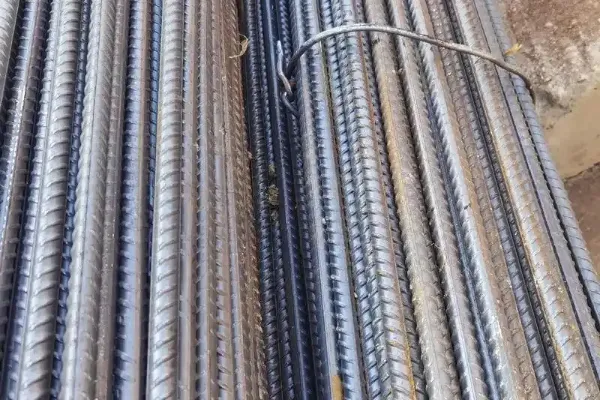
The Uses of Rebar
Rebar acts like the "skeleton" of concrete, making it less prone to cracking and breaking, and enhancing its overall strength and toughness. It's widely used in buildings, bridges, tunnels, roads, dams, high-rise buildings, and other projects. Simply put, without rebar, concrete is like a piece of easily brittle stone. With the addition of rebar, it becomes a strong and durable "reinforced concrete," capable of withstanding greater weight and various external forces, making buildings safer and longer-lasting.
What are the standards for rebar?
1. Commonly used standards in China
GB 1499.2-2018, "Steel for Reinforced Concrete - Part 2: Hot-rolled Ribbed Bars," specifies the technical requirements for hot-rolled ribbed bars such as HRB335, HRB400, and HRB500.
GB 1499.1-2017, "Steel for Reinforced Concrete - Part 1: Hot-rolled Plain Round Bars," primarily corresponds to Grade I plain round bars.
GB/T 13788-2017, "Cold-rolled Ribbed Bars," applies to cold-rolled rebar.
JGJ 107-2016 "General Technical Specification for Mechanical Connection of Reinforcement Steel Bars"
Regulations for steel bar connections.
2. Commonly Used International Standards
ISO 6935 "Steel for Concrete Reinforcement"
ASTM A615/A615M (US) Carbon steel hot-rolled deformed bars.
ASTM A706/A706M (US) Low-alloy deformed bars suitable for welded and seismic structures.
BS 4449 (UK) Carbon steel for concrete reinforcement.
EN 10080 (EU) General requirements for steel for concrete reinforcement.
JIS G3112 (Japan) Steel for concrete reinforcement.






 English
English Español
Español بالعربية
بالعربية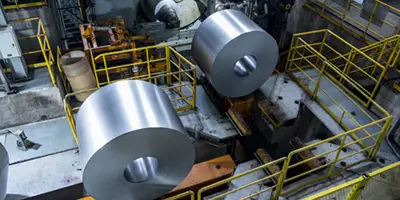
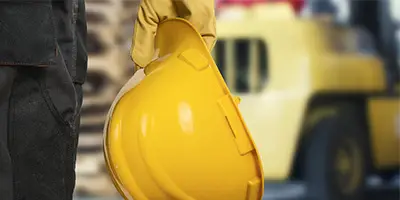
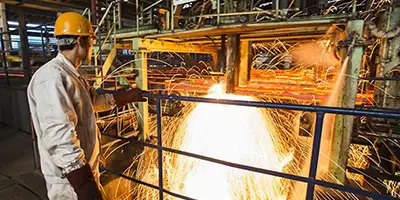
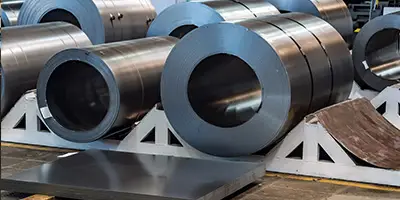

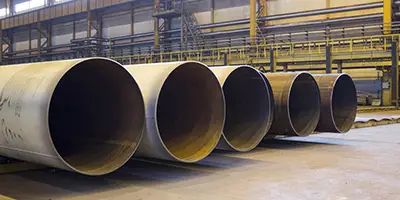

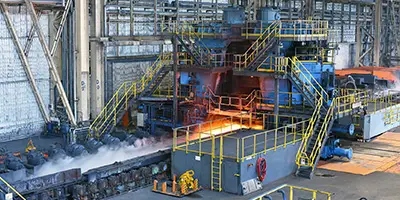
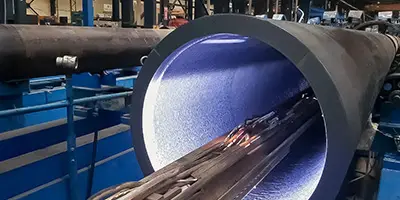
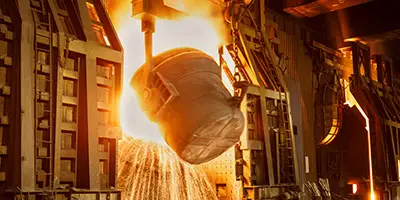
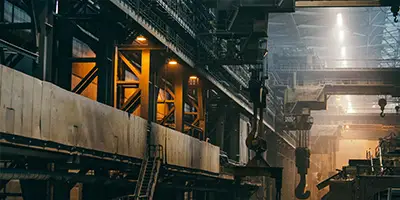

 Phone :
Phone :  Whatsapp :
Whatsapp :  Email :
Email : 


